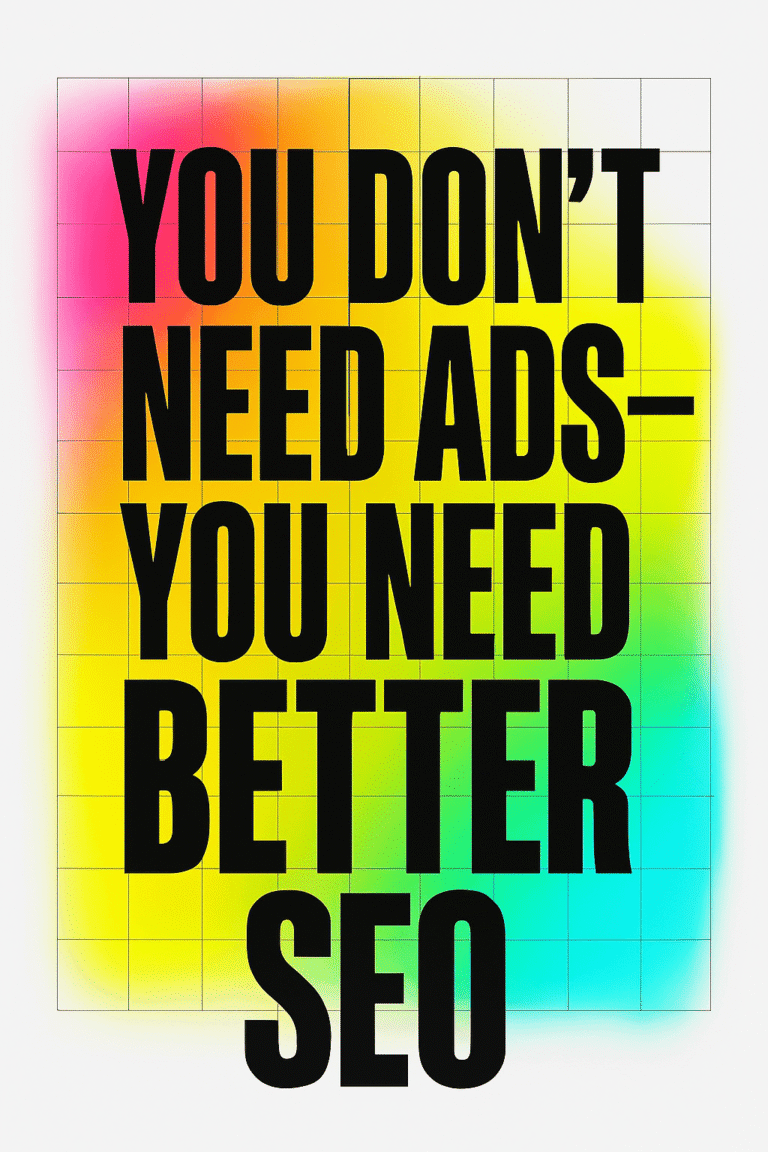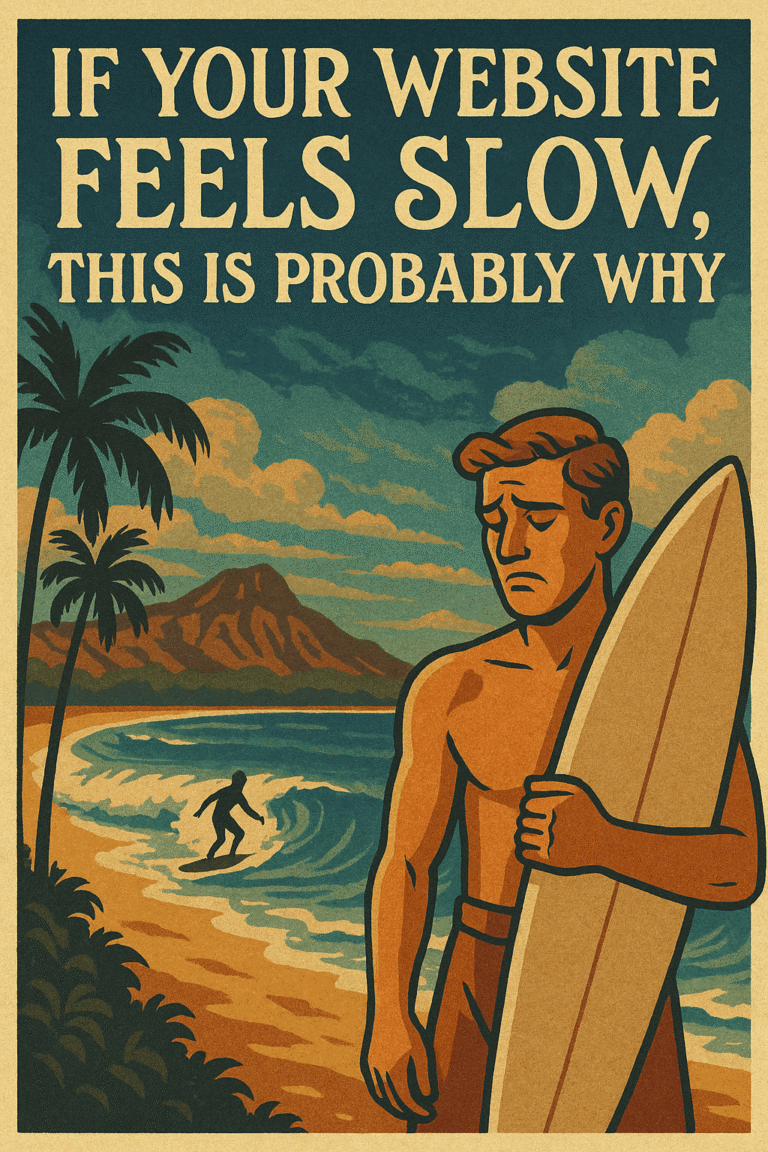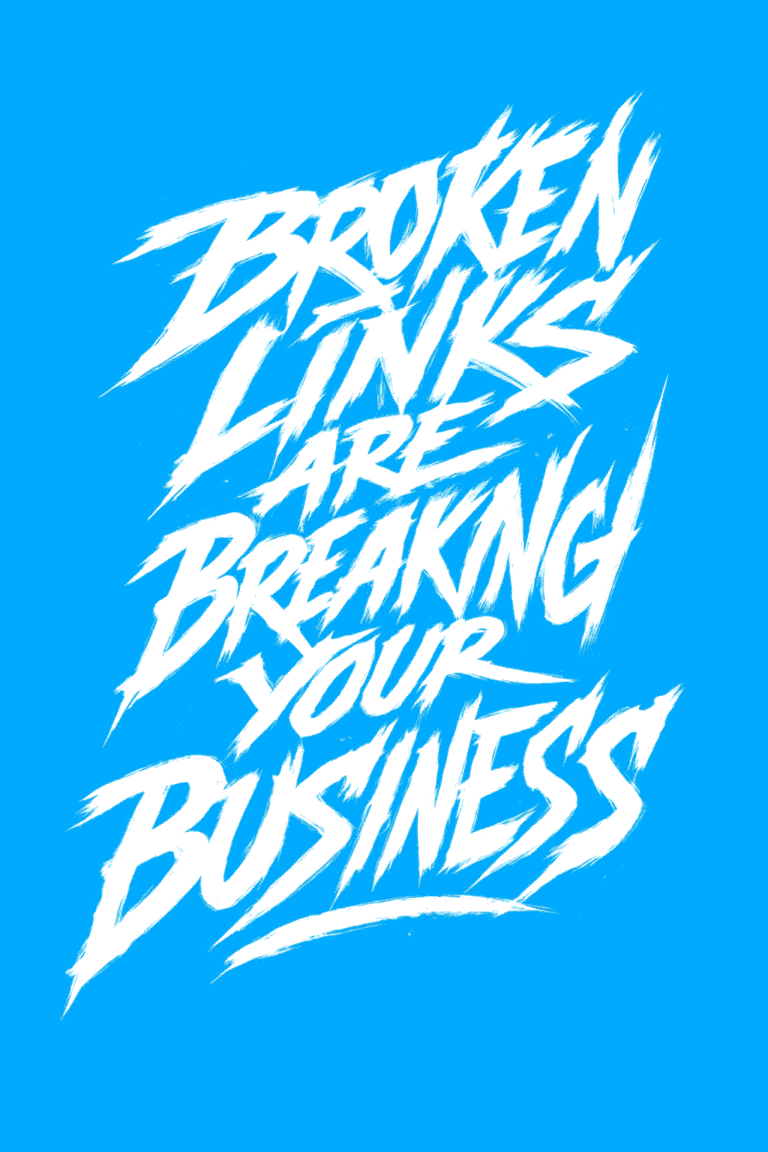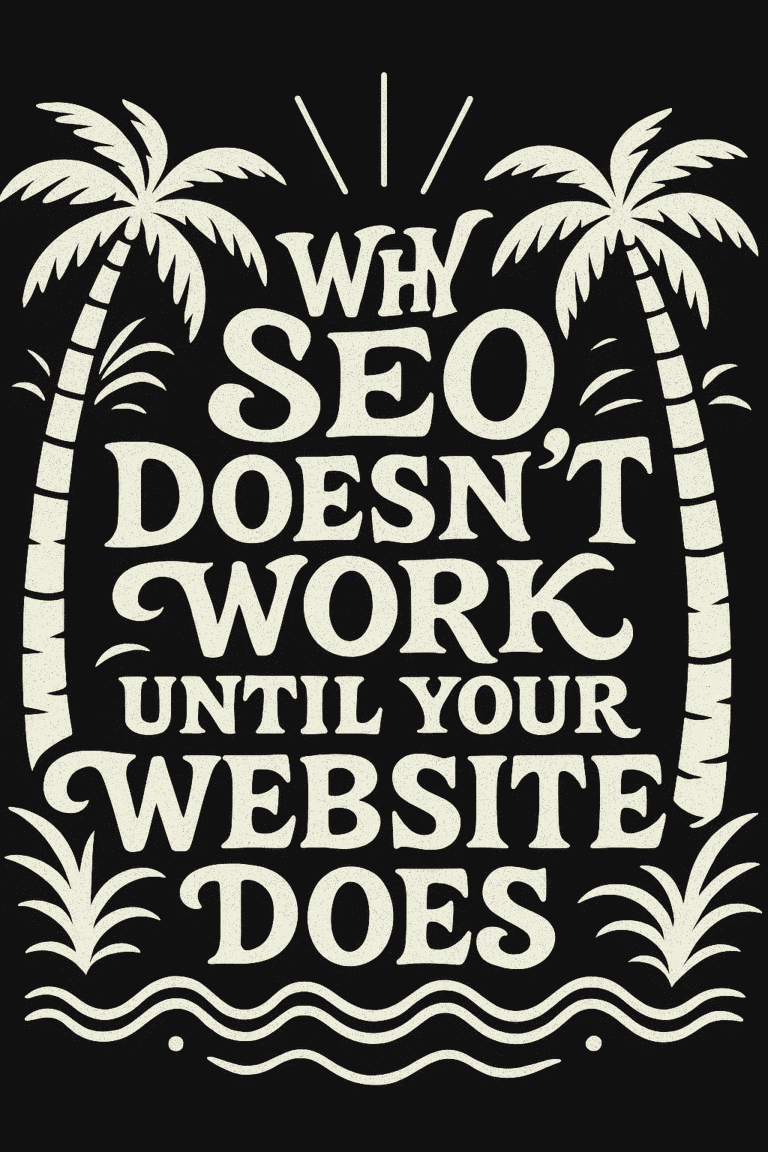![]()
Small details can make a significant difference in how a website is perceived and interacted with. One such detail, often overlooked yet crucial, is the favicon. A favicon, short for “favorites icon”, is that tiny image appearing in your browser tab, bookmark list, and sometimes even in search results. It’s a small but mighty element of your site’s branding and user experience.
In this post, we’ll dive into what a favicon is, its role in modern web design, and why it remains a pivotal component of your website in 2023. From enhancing user experience to contributing subtly yet effectively to your site’s SEO, we will explore the multifaceted importance of favicons. Whether you’re a seasoned web designer, a business owner, or just curious about the nuances of website aesthetics, understanding the impact of this small graphic today is more relevant than ever. Let’s unfold the story of favicons and their significance in the ever-evolving online world of 2023.
![]()
Understanding Favicons
Definition of a Favicon
At its core, a favicon is a small, square graphic that represents a website. Typically sized at 16×16, 32×32, or 64×64 pixels, this icon appears in various places such as browser tabs, bookmark lists, and in the URL address bar. The primary function of a favicon is to provide a visual representation of the website, making it easier for users to identify and navigate between multiple open tabs or bookmarks.
Brief History & Evolution of Favicons
The concept of the favicon was introduced by Microsoft with the release of Internet Explorer 5 in 1999. Initially, it was a simple way to personalize a website and make it stand out in a bookmarks list. Over time, as the internet and web design evolved, favicons became an integral part of a site’s identity and branding. They have grown in importance with the proliferation of mobile devices and responsive designs, adapting to various platforms and display needs.
Types of Favicons & Their Formats
- Favicons have evolved from their initial .ico format to a range of formats suited for different purposes and platforms. The traditional .ico format is still widely used due to its compatibility with older browsers. However, PNG and SVG formats have gained popularity for their scalability and quality, especially important for retina and high-resolution displays.
- Websites often have multiple favicon versions to cater to different devices and contexts. For instance, Apple devices use a specific file called the “Apple Touch Icon”, which is a larger icon for use on iOS home screens. Similarly, Android devices utilize a range of sizes for different screen resolutions and contexts.
- The favicon’s role extends beyond just being a tab icon. In modern web design, favicons also appear in search engine results, enhancing brand visibility and recognition even outside of the website itself.
The Importance of Favicons
Branding & Identity: How Favicons Strengthen Brand Recognition
Favicons act as a microcosm of a brand’s identity, encapsulating the essence of a company or website in a small, yet powerful graphic. This tiny icon is often the first visual element a user associates with your website, especially when they bookmark it or scan through multiple open tabs. A well-designed favicon reinforces brand recognition and recall, making it an indispensable tool in your branding arsenal. In a digital space crowded with information and numerous websites, a distinctive favicon helps your brand stand out, fostering instant recognition and a sense of familiarity among your audience.
User Experience: Improving Navigation and Usability with Favicons
From a usability standpoint, favicons are more than just a branding element; they significantly enhance the user experience. When users have multiple tabs open, a clear and recognizable favicon makes it easier for them to navigate back to your website. This is especially crucial on mobile devices, where screen real estate is limited, and users rely heavily on these visual cues for navigation. By improving the ease with which users can find and return to your site, favicons indirectly increase the time spent on your website, potentially lowering bounce rates and improving overall engagement.
Technical Benefits: Faster Page Identification for Users
Speed and efficiency are key online. Favicons contribute to this by enabling quicker page identification. Users can swiftly identify and switch to the desired tab or bookmark without having to read the text, saving time and enhancing the browsing experience. This aspect is particularly beneficial for users who keep multiple tabs open or have an extensive collection of bookmarks. The favicon acts as a visual shortcut, facilitating faster and more efficient navigation, which is a subtle yet significant advantage in improving user interaction with your website.
Favicons & SEO
The Relationship Between Favicons & SEO
While favicons are primarily visual elements, they do have an indirect relationship with Search Engine Optimization (SEO). Favicons themselves don’t directly influence search engine rankings, but they contribute to factors that search engines consider important. A well-designed favicon can improve user experience, a key aspect that search engines like Google take into account. By enhancing brand recognition and facilitating easier navigation, favicons can indirectly influence a website’s click-through rate (CTR) and bounce rate, both of which are important metrics for SEO.
How Favicons Contribute to Website Credibility & Professionalism
A favicon contributes to the overall professionalism and credibility of a website. Websites with a custom favicon are often perceived as more trustworthy and legitimate compared to those without one or with a generic icon. This perception of professionalism can influence user behavior, encouraging visitors to spend more time on the site, explore more pages, and engage with the content. Since search engines favor websites that offer a good user experience and demonstrate authority and credibility, having a custom favicon can be beneficial in the broader context of SEO.
The Impact of Favicons on Search Engine Ranking (If Any)
Directly, favicons do not impact search engine rankings. Search engines do not use favicons as a ranking factor in their algorithms. However, the indirect effects of favicons on user experience can contribute to SEO success. For instance, if a favicon helps in building brand recognition, users are more likely to click on a website’s link when they see it in search results. This increased CTR can signal to search engines that the website is relevant and valuable to users, potentially improving its ranking. Additionally, a positive user experience marked by easy navigation and quick identification can reduce bounce rates, which is another factor that can influence SEO.
Favicons in 2023
Current Trends in Favicon Design
In 2023, favicon design trends reflect broader web design trends, emphasizing simplicity, brand alignment, and adaptability. Minimalistic designs are prevailing, focusing on clear, easily recognizable symbols or brand initials. This simplicity ensures that the favicon remains legible even at small sizes. Another trend is the use of vibrant colors and dynamic shapes, allowing brands to stand out more in browser tabs and bookmark bars.
Adapting Favicons for Different Platforms & Devices in 2023
With the variety of devices and platforms used to access the web in 2023, favicons need to be versatile. Responsive favicon design is key, meaning that your favicon should be designed to look good and be recognizable across different devices and resolutions. For instance, what works on a desktop browser may not be as effective on a smartphone’s home screen. Therefore, creating different favicon versions for different devices, like Apple Touch Icons for iOS devices and specific sizes for Android, is essential. Additionally, considering the dark mode settings in design is important, as more users switch between light and dark modes on their devices.
Best Practices for Creating & Implementing Favicons in 2023
When creating and implementing favicons, a few best practices should be followed:
- Consistency with Branding: Ensure that your favicon aligns with your overall brand identity. It should reflect your brand colors, style, and ethos.
- Clarity and Simplicity: Design a favicon that is clear and recognizable at a small scale. Avoid overly complex designs that might become indecipherable when scaled down.
- Multiple Formats and Sizes: Prepare multiple sizes and formats of your favicon to ensure it displays well across all browsers and devices.
- Test Across Browsers and Devices: Test how your favicon appears in different browsers and on various devices to ensure consistency and readability.
- Accessibility Considerations: Be mindful of color contrasts and shapes, especially for users with visual impairments. Your favicon should be distinguishable for all users.
- Regular Updates: Keep your favicon updated. If your brand undergoes a redesign, make sure your favicon is updated to reflect these changes.
Creating a Favicon for Your Website
Step-by-Step Guide on Creating a Favicon
- Define Your Design: Start by defining the design of your favicon. This should be a simplified version of your brand’s logo or a symbol that represents your brand. Keep in mind the need for clarity at a small scale.
- Choose the Right Dimensions: The standard size for a favicon is 16×16 pixels, but it’s recommended to create a larger image (like 64×64 pixels or 256×256 pixels) that can be scaled down. This ensures clarity on high-resolution displays.
- Create Your Design: Using a graphic design tool, create your favicon. Focus on simplicity and visibility. If your logo is complex, simplify it or use a single element or initial that represents your brand.
- Save in Multiple Formats: Save your favicon in different formats such as .ico, .png, and .svg to ensure compatibility across various browsers and platforms.
- Generate Different Sizes: Create different sizes of your favicon to cater to different devices and uses (e.g., 16×16, 32×32, 48×48, etc.).
- Test Your Favicon: Before finalizing, test your favicon across different browsers and devices to ensure it looks good and is easily recognizable.
Tools & Resources for Favicon Creation
- Graphic Design Software: Tools like Adobe Photoshop or Illustrator are great for creating high-quality favicons.
- Online Favicon Generators: Websites like RealFaviconGenerator offer simple ways to create favicons directly from your browser.
- Icon Libraries: Resources like Font Awesome can provide inspiration or elements to incorporate into your favicon.
Conclusion
In this comprehensive exploration of favicons, we’ve delved into their multifaceted role in enhancing website design and user experience. Starting with the basics, we defined what a favicon is and traced its evolution, highlighting its significance beyond a mere decorative element. We emphasized how favicons bolster brand identity and improve user navigation, subtly influencing user behavior and perception.
We also unpacked the indirect yet impactful relationship between favicons and SEO, noting how these small icons contribute to a website’s credibility and user engagement. In the context of 2023, we observed current trends in favicon design, stressing the importance of adaptability across various platforms and devices. This adaptability is crucial in an era where digital presence is accessed through a myriad of screens and interfaces.
Through a step-by-step guide, we offered practical insights into creating a favicon that is not only visually appealing but also effective and compatible across different browsers and devices. We provided resources and tools to assist in this creative process, along with tips to ensure your favicon stands out in clarity and brand representation.
As we conclude, it’s clear that favicons, though small, play a significant role online. They are a critical component of your website’s identity and user experience. With the ever-evolving web design trends and technologies, updating or implementing a favicon in 2023 is more than just a cosmetic update; it’s a strategic move towards enhancing your online presence. Whether you’re redesigning your website or building a new one, consider the favicon not as an afterthought, but as an integral part of your digital branding strategy.





